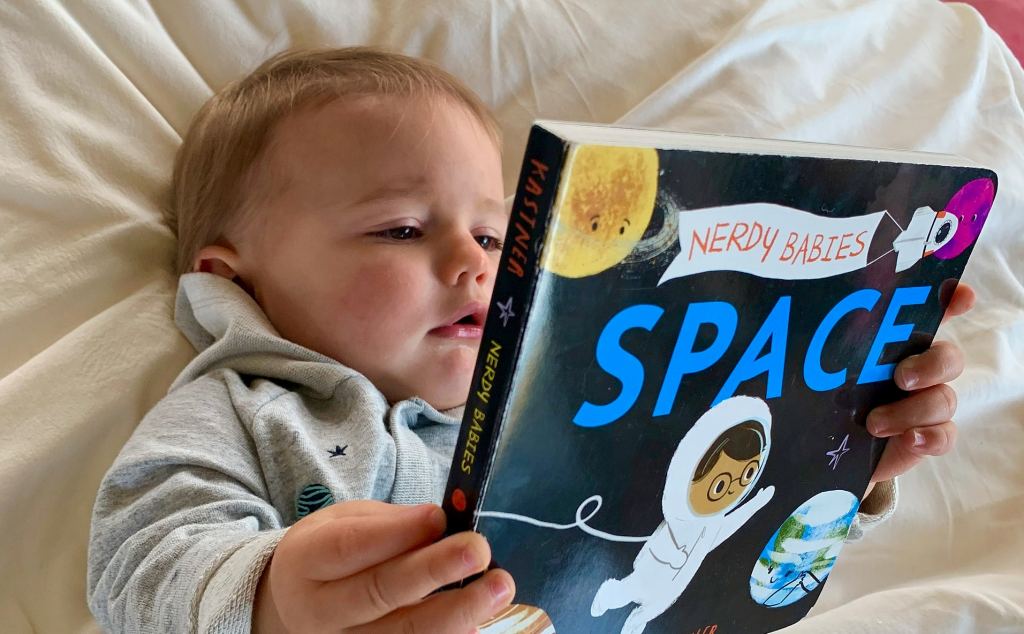Can humans reproduce in space? The short answer is that we don’t know. The long answer is maybe, but there are significant barriers to overcome to make zero-gravity pregnancy safe, and research into the subject is only just beginning. Space is a hazardous place no matter who you are.
Astronauts in peak physical condition often return home after extended stays in space to find themselves weak, their muscles atrophied and their eyes damaged . Many of these effects are reversible, but some are not, like the doses of solar radiation they receive that could lead to cancers later in life. A significant portion of experiments on the International Space Station have been designed to advance medical science and mitigate the worst of these problems.
But there is more to learn, and when it comes to pregnancy, we know very little. What we do know is that the real danger for human embryo development isn’t radiation: it’s gravity. Or rather, the lack of gravity.
At the earliest stages in the process, when the cells begin to divide and grow, growth can occur more quickly at one end of the embryo than the other, and there is some evidence that gravity plays a role in this asymmetry. Later, gravity helps ensure that the body forms correctly, with cells oriented appropriately and in the right places. It is unclear what would happen to human embryo development in microgravity.
Remove All Ads on Universe Today Join our Patreon for as little as $3! Get the ad-free experience for life Like other areas of medicine, animal tests can help scientists understand the processes at work without risking human life. The earliest tests, going back to the days of the Gemini program, were performed on frog eggs. Researchers found no abnormalities in cell division – a good sign.
Soviet researchers tried fertilization tests on fish, but struggled to get them to mate – it wasn’t until a Space Shuttle flight in 1994 that researchers had success encouraging fish mating and hatching in space, and even then, only specific species seemed to adapt well to microgravity. Further research in the 1990s found that 81% of embryonic newts born in space developed neural tube malformations – but that was reduced to 23 percent when the newts were placed in a centrifuge, creating artificial gravity at 1G. Birds and geckos have similarly been studied, but if we really want to understand human development in space, we need to study mammals.
Litters of young rats and mice studied in microgravity offer some good news and some bad new. The good news is that many perfectly healthy rats and mice have survived their spaceflights, and afterward adapted to life on Earth without issue. Feared defects – changes that could last generations – did not materialize.
The bad news is that some few litters did show ill effects, but the jury is still out on whether the cause was microgravity, or rather poor maternal care, as the mother behaved differently in microgravity and could not bond with offspring as they would on Earth. This lack of parental care could account for the defects as easily as the lack of gravity. Further research is necessary.
Human development depends to some degree on embryonic stem cells: versatile cells that can develop into any type of cell the body needs. Unfortunately, there is some evidence that this process may be hindered in space. That’s bad news for the prospect of pregnancy in space.
On this front too, however, it’s not all bad news . Stem cells from adult tissues – often used in treatments for degenerative diseases – actually seem to grow faster in microgravity, potentially enabling better availability of these treatments to those who need them. In the long term, if reproduction and pregnancy in space are going to be made safe, advances are needed in one of two areas.
We can attack the problem from an engineering standpoint, and develop spinning space habitats that mimic 1G with artificial gravity. Or, from a medical standpoint, we can find ways to help embryo development along at the cellular level, perhaps through drug treatment. For now, Earth’s gravity well (and perhaps other gravity wells, like Mars), are the safest havens for pregnancy and birth.
Leaving the proverbial cradle is not going to be a trivial matter. In this instance, ‘Mother Earth’ is an apt personification of our planet, as it is here alone that our reproductive systems have evolved to work, and taking our biology beyond it is going to require creative adaptation, both technological and medical, to have a hope of success. Learn More: Joanna Bridger and Emmanouil Karteris, “ Pregnancy in space: studying stem cells in zero gravity may determine whether it’s safe.
” The Conversation. 2022. Alexandra Proshchina et al.
“ Reproduction and the Early Development of Vertebrates in Space: Problems, Results, Opportunities . ” Life (Basel). 2021.
Featured Image Credit: Steve Jurvetson, cropped, https://creativecommons. org/licenses/by/2. 0/deed.
en.
From: universetoday
URL: https://www.universetoday.com/157511/we-still-have-no-idea-if-its-safe-to-be-pregnant-in-space/



